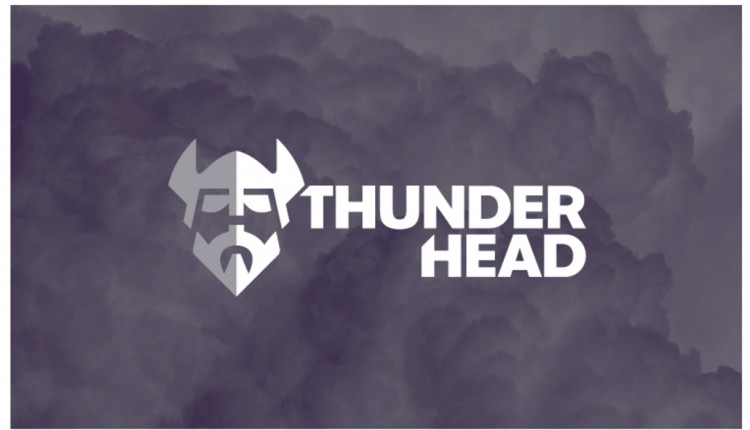
Image by: hakule, ©2018 Getty Images
84% of surveyed consumers across all industries report their experiences with digital tools and services fall short of expectations, according to a recent Gartner report. "Despite efforts," said Gartner Managing Vice President Brad Holmes, "consumers report significant gaps in enterprises’ ability to make digital experiences easy, to earn their trust, and to deliver desirable results.”
The survey looked across 11 industries to gauge the current state of consumer digital experience perceptions. Banking led the pack with a dismal 16% of consumers rating their perceptions in the top quartile of the Gartner Digital Consumer Experience Index, with 26% of banking and 49% of government rating their perceptions in the lower two quartiles of the index.
The survey also measured adoption of digital services generationally as well. Unsurprisingly, millennials are more digitally engaged than previous generations and are also the most dissatisfied with their experiences. This is likely due to their higher expectations for ease of use than their older counterparts.
When it comes to industry-specific digital services, a little over 66% of millennials primarily engage with those in retail, manufacturing, and utilities. As a result, retailers were seen as the easiest to use, while government was the worst, shortly followed by life insurers. Beyond ease of use, consumers also pointed to trust as a large component of their dissatisfaction with online digital experiences.
The survey was conducted online and included 4,060 respondents across the UK and US. It measured key characteristics of consumer digital experiences, including a consumer's level of trust, perceived ease of use, and benefits received, such as saving time or money. Some common digital use cases included actions like:
- Placing a retail order
- Submitting a service request to a bank
- Purchasing life insurance
- Paying a government bill
- Checking the status of healthcare benefits
The full results of the survey can be found here.
While this is only a slice of data, it certainly reflects today’s business challenges. As we move through the generational slide to millennials and beyond, expectations of a business experience matching those found in personal digital environments will take hold. For example, many consumers often wonder why business applications don't have a simple interface or function like the social media applications they use.
The answer to those questions is complex in that there is a significant difference in the way business applications must function compared to social media due to regulatory, legal, and industry requirements. As noted in Gartner's survey, there is also the generation gap to consider, especially since millennials and future generations are born into a digital world, while the rest of us have had to wrestle with the transformation as new and advancing technologies emerged.
Lastly, business organizations and government agencies tend to implement technology without a clear vision and purpose. There must be a reason beyond the requisite, "you want to beat the competition." Ask yourself:
The answer to those questions is complex in that there is a significant difference in the way business applications must function compared to social media due to regulatory, legal, and industry requirements. As noted in Gartner's survey, there is also the generation gap to consider, especially since millennials and future generations are born into a digital world, while the rest of us have had to wrestle with the transformation as new and advancing technologies emerged.
Lastly, business organizations and government agencies tend to implement technology without a clear vision and purpose. There must be a reason beyond the requisite, "you want to beat the competition." Ask yourself:
- What business problem are you trying to solve?
- How does the consumer engage with your organization, and how do they want to engage? (There is typically a big difference between what they do now and what they would like to do.)
- What steps will you take to ensure expectations are being met?
- What metrics will you use to determine the level of success? (For example, identifying additional areas for improvement.)
Bob Larrivee is a recognized expert in the application of advanced technologies and process improvement to solve business problems and enhance business operations. He reports on the latest information management technologies for DOCUMENT Strategy. Follow him on Twitter @BobLarrivee or visit boblarriveeconsulting.com.
















